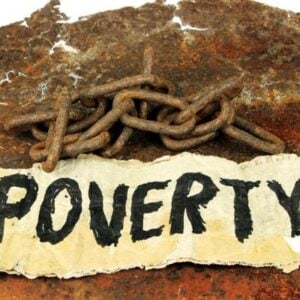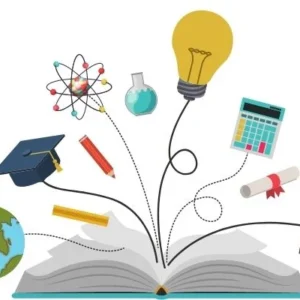India has achieved financial self-sufficiency in tackling AIDS, no longer relying on foreign aid, according to Dr. Uday Bhanu Das, Deputy Director General of the National AIDS Control Organisation (NACO). Speaking at the 16th National Conference of the AIDS Society of India in Ahmedabad, Das highlighted that 94 percent of the funding for the National AIDS and STIs Control Programme now comes from the Indian government, with only six percent from the Global Fund. India also contributes financially to the Global Fund and the World Health Organization, reflecting its leadership in global HIV/AIDS initiatives.
The Phase-V of the National AIDS Control Programme (NACP) aims to reduce new HIV infections and AIDS-related deaths by 80 percent by 2025-26 compared to 2010 levels. Another key goal is to achieve the 95-95-95 targets by 2025, ensuring that 95 percent of people living with HIV know their status, 95 percent of those diagnosed receive lifesaving antiretroviral therapy, and 95 percent of those on treatment achieve viral suppression. As of 2024, India has made significant progress toward these targets, with 84 percent aware of their HIV status, 86 percent receiving therapy, and 94 percent virally suppressed.
India’s HIV epidemic has seen substantial declines since 2010, with new infections dropping by 44.23 percent by 2023, surpassing the global decline of 39 percent. AIDS-related deaths have also fallen sharply, by 79.26 percent, compared to a global reduction of 51 percent. Experts emphasize that ending AIDS will require universal awareness, treatment, and viral suppression for people living with HIV to both protect health and prevent further transmission.







